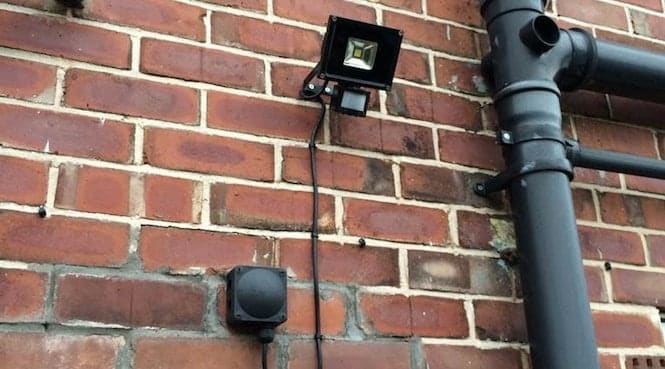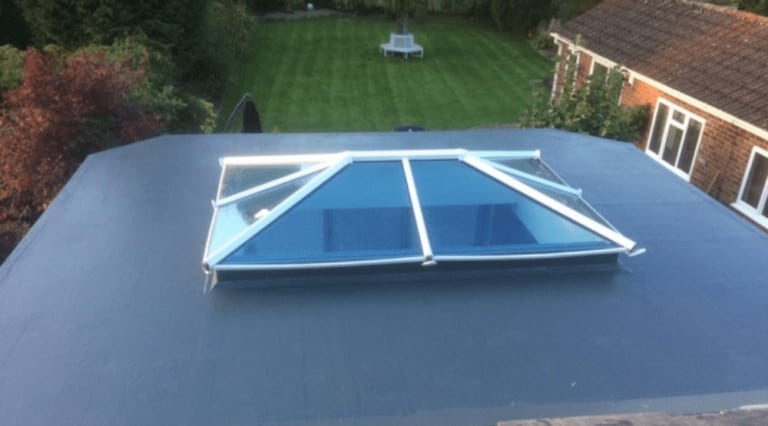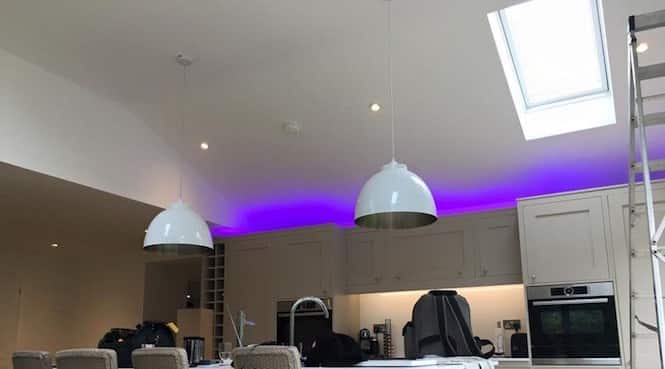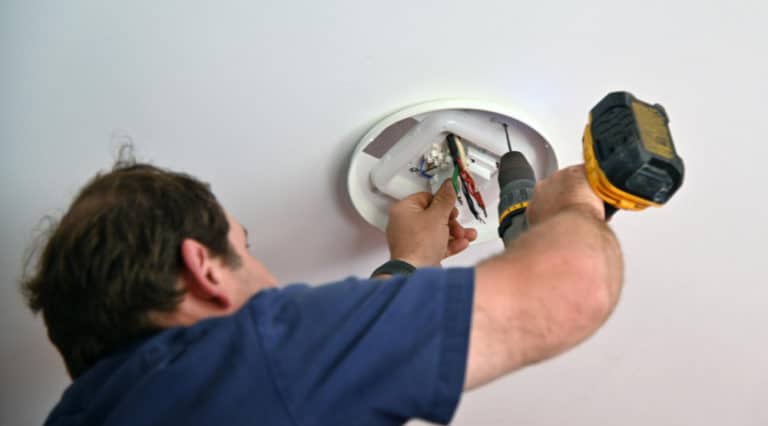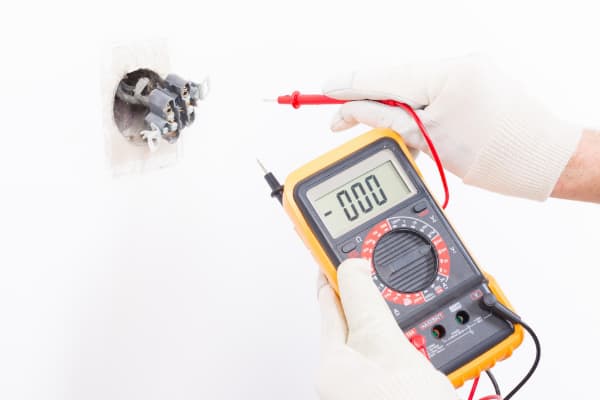Find My Local Expert Security Lighting and CCTV System Installations...
Read More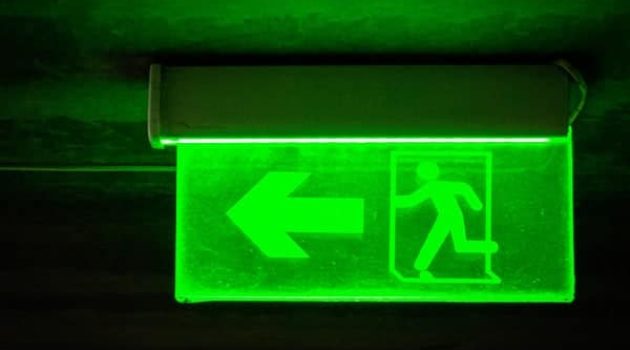
Do I Need to Install Emergency Lights in my Home?
The options for safety precautions you can take in and around your home can range from absolute necessities to overzealousness in the extreme, but it is not always immediately obvious where that line is crossed. For example, we generally accept that smoke alarms are an absolute must for a home, but few people would deem steel-shutter window covers necessary in most cases.
Emergency lighting is one such grey area precaution that can leave people unsure if they need it, and the first step to determining whether you need it is understanding what it does and why it’s there.
What are Emergency Lights, and What are They For?
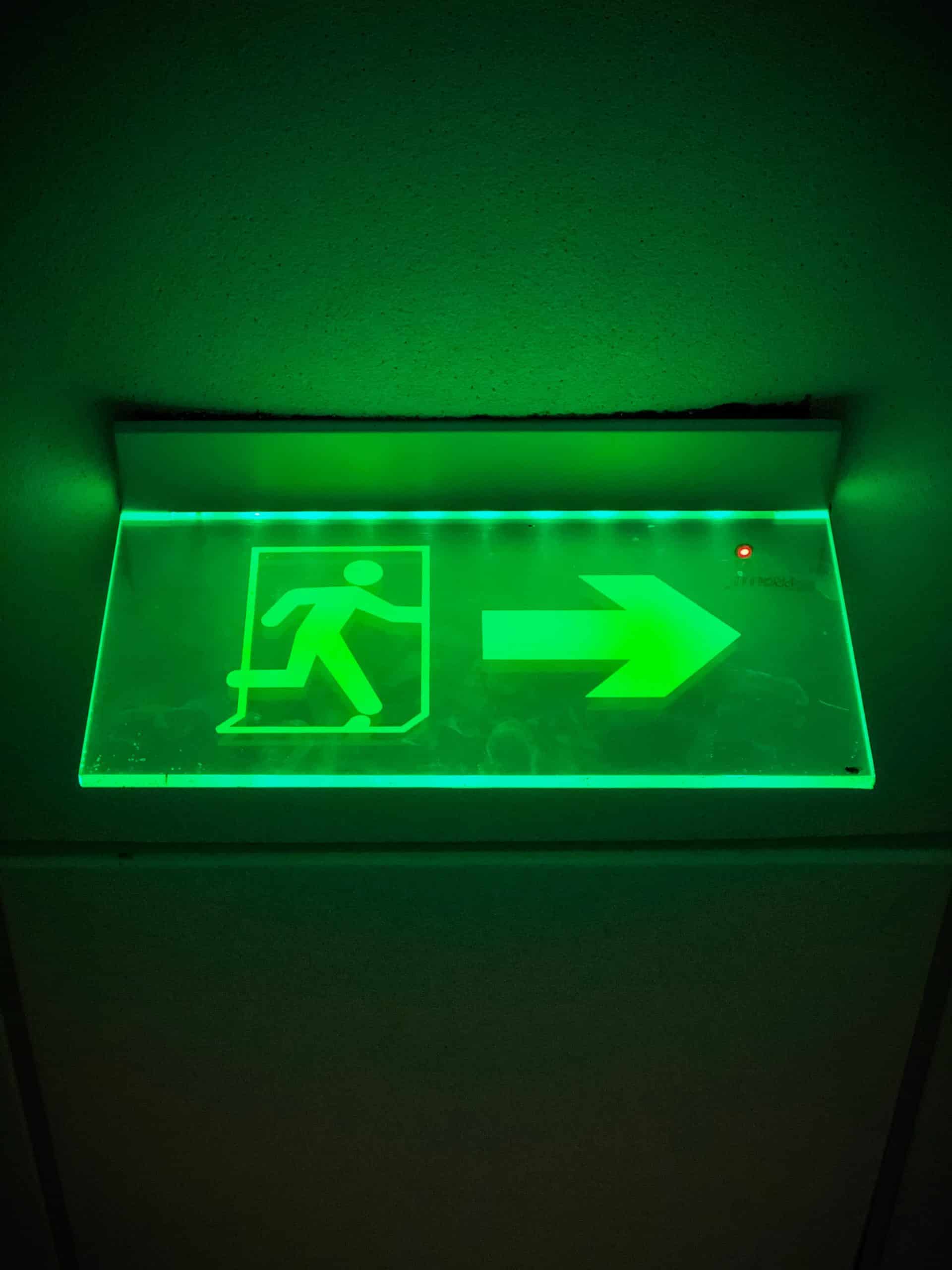
The primary purpose of emergency lighting is to provide key lighting when it is needed. A perfect example of emergency lighting is an illuminated “EXIT” sign above a fire escape. This light should continue to illuminate even when the power to the building has cut out, so the people inside can still find the exit even if it otherwise pitch black inside. It should be noted that, technically, the “EXIT” sign above a fire escape is part required by law as part of the fire safety side of things, and would have to be there regardless of the emergency lighting situation, but it is a good example of emergency lighting regardless.
Another example of emergency lighting is low-power lighting that comes on when the power to a building cuts out. This lighting will be far less powerful than the regular lighting, but it will be independent of the regular power supply and will provide enough illumination to get around. Lighting like this would be considered essential for buildings where there are no natural light sources, such as underground spaces, since a power cut would leave the interior completely dark otherwise.
The use-cases for emergency lighting can vary from building to building, but as a general rule, if a building has large open spaces, common areas (such as a lobby in an apartment building), or escape routes, there should be emergency lighting there.
Do I Need Emergency Lights?
You might have noticed that the examples we mentioned above all referred to public buildings, like apartment blocks.
The precise regulations around emergency lighting will obviously differ from region to region, but it is generally the case that any non-domestic building needs to be safe for the occupants at all times, including in the event of a power cut. So public and commercial buildings need to have emergency lighting in place, but what about your home?
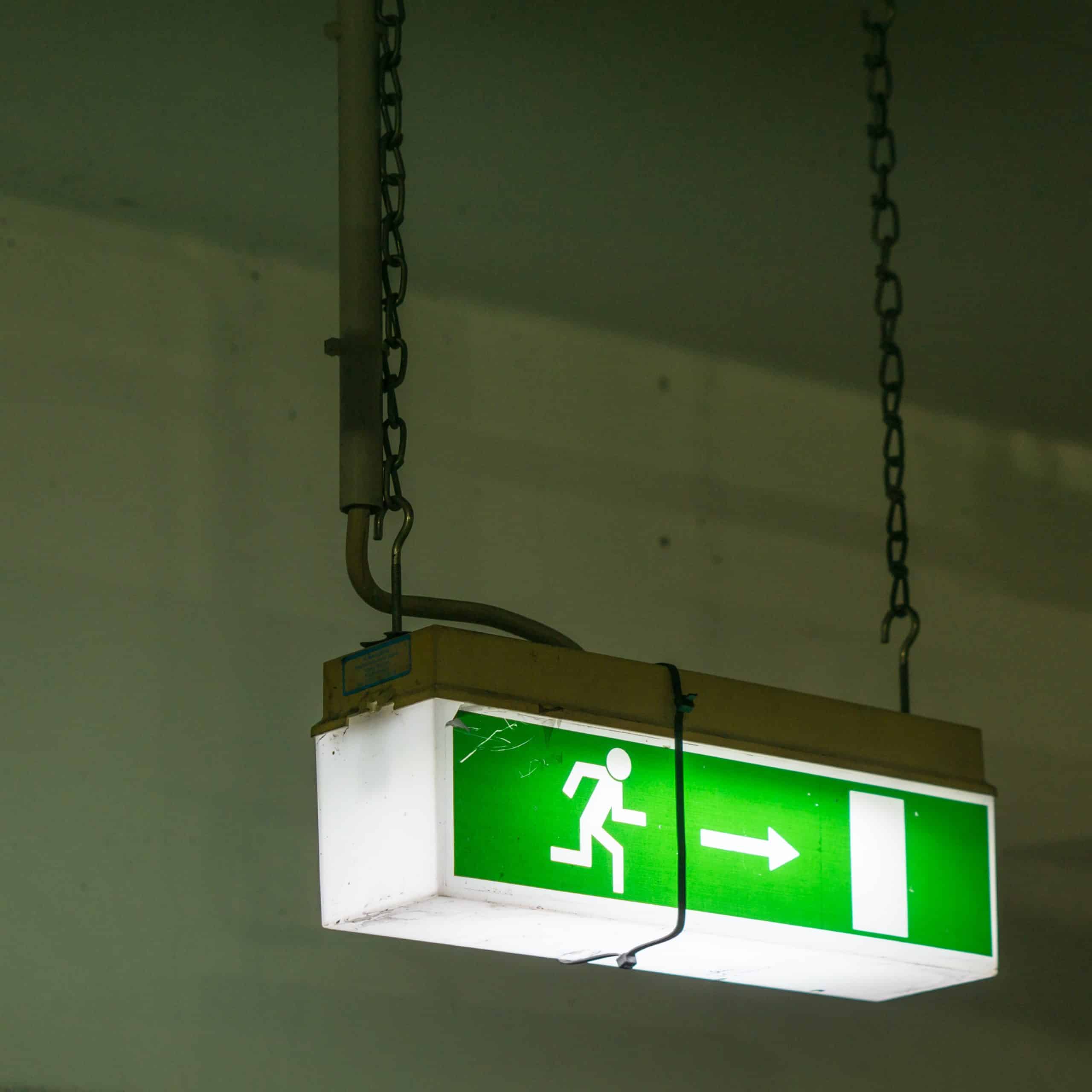
In the UK at least, there are no regulations requiring domestic properties to have emergency lighting installed. With some exceptions (structural, electrical, and gas work), you are generally free to do as you please with your own property. The government requires you to have a certified electrician if you want to replace your fuse box, but they can’t stop you from sticking a fork in the electrical socket! Your typical residential property isn’t that big, so it’s generally considered sufficient to have a torch or two dotted around the house.
So, from a legal standpoint, no, you do not need emergency lights in your home. However, there are practical considerations as well, which is to say that just because nobody is forcing you to install emergency lighting doesn’t mean you shouldn’t do it.
If you wanted to be extra careful you could install emergency lighting everywhere, but if you just want to err on the side of caution, consider the rules that non-domestic buildings generally have to follow. Do you have any large open spaces? Perhaps the ground floor of your home is mostly open plan. Do you have any areas that are entirely sealed away from natural light and have no direct exit, such as a basement room?
Essentially, consider your home as though it was a non-domestic building, and see where you would be required to install emergency lighting if that were the case. Of course, you can go beyond what would have been required, just as you can install less than would be required.
As there is no government regulation forcing your hand, you are also free to play as fast and loose as you like with the types of lighting. For example, EXIT signs in non-domestic buildings have to be clear and understandable so that they can be easily recognised. If you want to have an emergency light to indicate an exit in your home, it could be whatever you wanted it to be, from a traditional EXIT sign to a colourful LED strip around the door, and anything in between.
How Many Emergency Lights Should I Install?
When dealing with emergency lighting in a home, you have a lot of creative licence due to the aforementioned lack of government regulation. The best plan is to establish clearly what you want the emergency lighting to achieve, and then install sufficient lighting to meet that goal.
For example, if you are installing lighting to indicate where an exit is, there is no sense using a light that is so dim that it can’t be seen from the other side of the room. Similarly, if you are installing lighting to illuminate a large space in the event of a power outage, you will need enough lighting to actually illuminate the space, rather than small sections of it.
Remember, emergency lighting will not be as bright as your typical lighting, as they are designed to run for as long as possible on stored power in the event of a power outage, so some thought will need to go into the placement of the lights. Just putting emergency lights in roughly the same layout as the regular lighting almost certainly won’t do the trick. On the other hand, the job of emergency lighting is different. Rather than properly illuminating a room, emergency lighting just needs to illuminate the space enough that those inside can find their way out. In other words, you don’t need to be able to see the paintings on the wall when you’re looking for the exit.
Where Should I Install?
The placement of your emergency lighting in a domestic setting will be determined entirely by the layout of the property. As we said above, the purpose of emergency lighting is not to replace regular lighting in the event of a blackout, but to provide enough lighting to carry essential tasks. Often the essential task is getting out of the building, but it will be down to you to decide what you need from your emergency lights.
For example, if you just want your lighting to show you the way out of your home, you only need to make sure there is sufficient lighting to find your way out. You can also consider things like where you store emergency supplies; if you have a stash of long-life food, water, blankets, and other emergency items, you might want your emergency lighting to cover that part of your home, so you can easily get to it if you lose power.
If you are going to go down the route of installing emergency lighting, we would certainly suggest paying some attention to staircases. If ever there was a part of your home that could become lethal in the event of power outage, it is your staircase. Here the lighting will need to adequately light the staircase so that you can see each step.
On a similar note, anywhere there is a small change in floor level, such as a raised floor in a living room, will benefit from some extra attention in the emergency lighting department.
Other than that, the main thing to consider is any area where there is no natural light, such as contained corridors, basements, and anywhere else where there are no windows. Of course, areas with natural light sources will still be dark if you suffer a power outage at night, but even nighttime offers some light from the stars and moon, whereas a contained area with no windows will pitch black inside when the power goes out, regardless of the time of day.
Conclusions
For smaller houses, emergency lighting is probably a little overkill—though there is nothing wrong with going a little overkill when it comes to safety. A typical residential home will get by fine with a few strategically placed torches. For larger properties, however, especially properties that are prone to power outages, emergency lighting is something that should be given real consideration. The government may not force you to do it, but that doesn’t mean there is no benefit from doing it yourself.
You May Also Like...
Roof Lanterns and Roof Lights Installation and Repair
Find My Local Expert Roof Lanterns and Roof Lights Installation...
Read MoreInstallation of Indoor or Outdoor Lighting
Find My Local Expert Installation of Indoor and Outdoor Lighting...
Read MoreHow to Replace a Light Fixture
Find My Local Expert How to Replace a Light Fixture...
Read More7 Things You Can Do Before The Emergency Electrician Arrives
Find My Local Expert 7 Things You Can Do Before...
Read MoreNeed an Emergency Light Installed?
My Trusted Expert Guarantee
Experts Have Been Vetted & Approved
